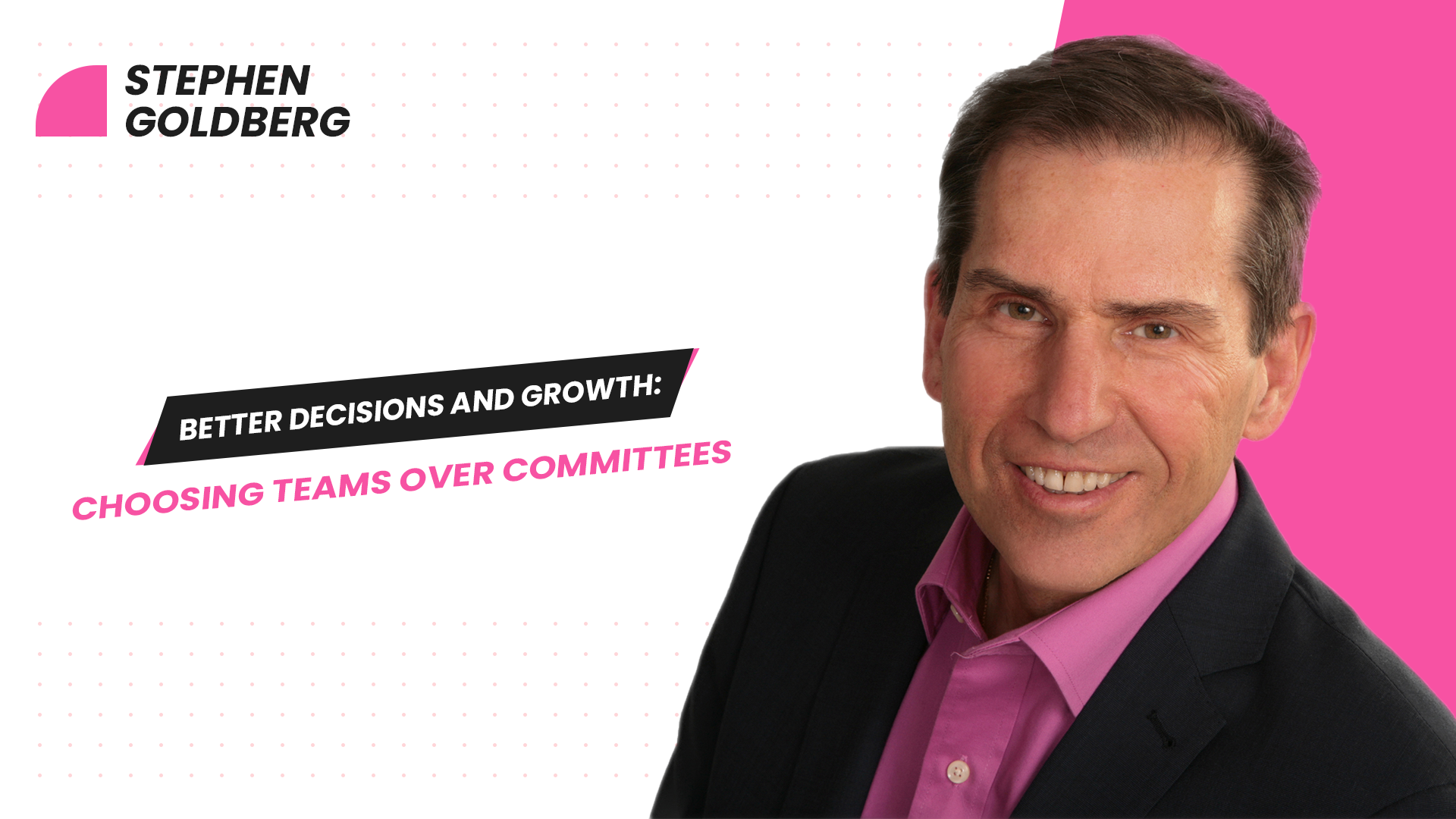
Addressing the hiring crisis requires a crucial element: becoming an employer of choice. This esteemed category of employers possesses a reputation that entices individuals to seek employment with them due to their exceptional work environment.
To gain further insight into this matter, I had the privilege of interviewing Joanne Vassiliou last 2019, a distinguished professional recruiter from Prestige Human Resources. During our conversation, she emphasized that becoming an employer of choice necessitates investing in the creation of a positive work experience for employees.
Vassiliou elaborated on the desires of employees, highlighting their yearning for attractive benefits, respectful treatment, and ample opportunities for growth and development. She emphasized that contented employees are inclined to leave positive reviews about their employers on prominent platforms such as Google, Indeed, and Glassdoor.
In today’s digital age, reputation is accessible to all, and potential employees actively seek out the opinions of others before considering employment with a particular company. Vassiliou emphasized the significant influence these reviews hold over individuals’ decisions.
Establishing a commendable reputation as an exceptional employer requires time and should be an integral part of any employee attraction strategy. Regardless of a company’s size, careful planning of this vital component is imperative, as neglecting it can severely hinder growth and profitability. Numerous examples illustrating this point were presented in an article published in the esteemed French daily newspaper, La Presse.
By adopting the mindset of an employer of choice, companies can navigate the current hiring crisis successfully. Investing in a positive work experience, fostering employee satisfaction, and actively managing their reputation will undoubtedly position them as desirable employers, attracting top talent and ensuring long-term success.



